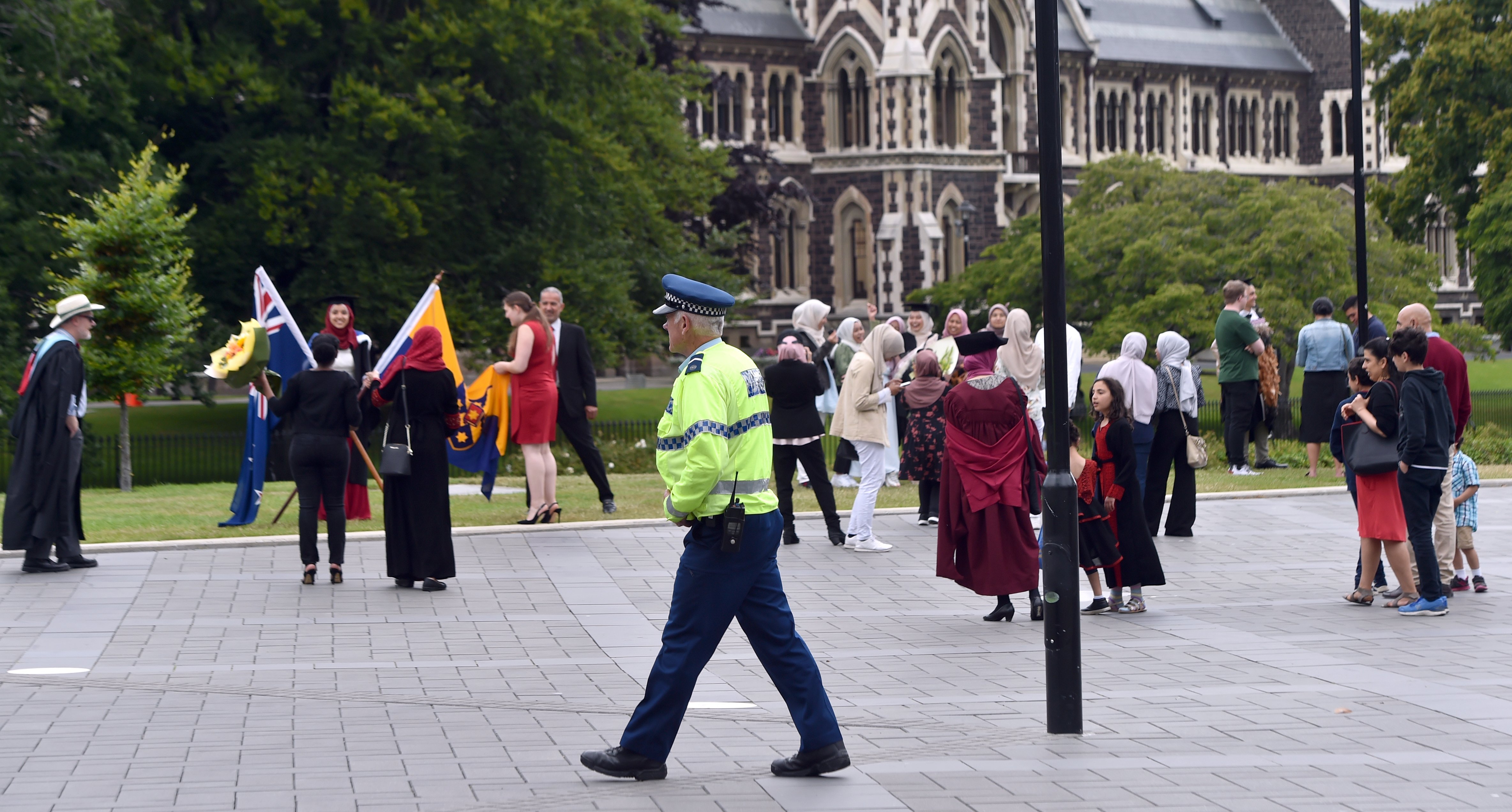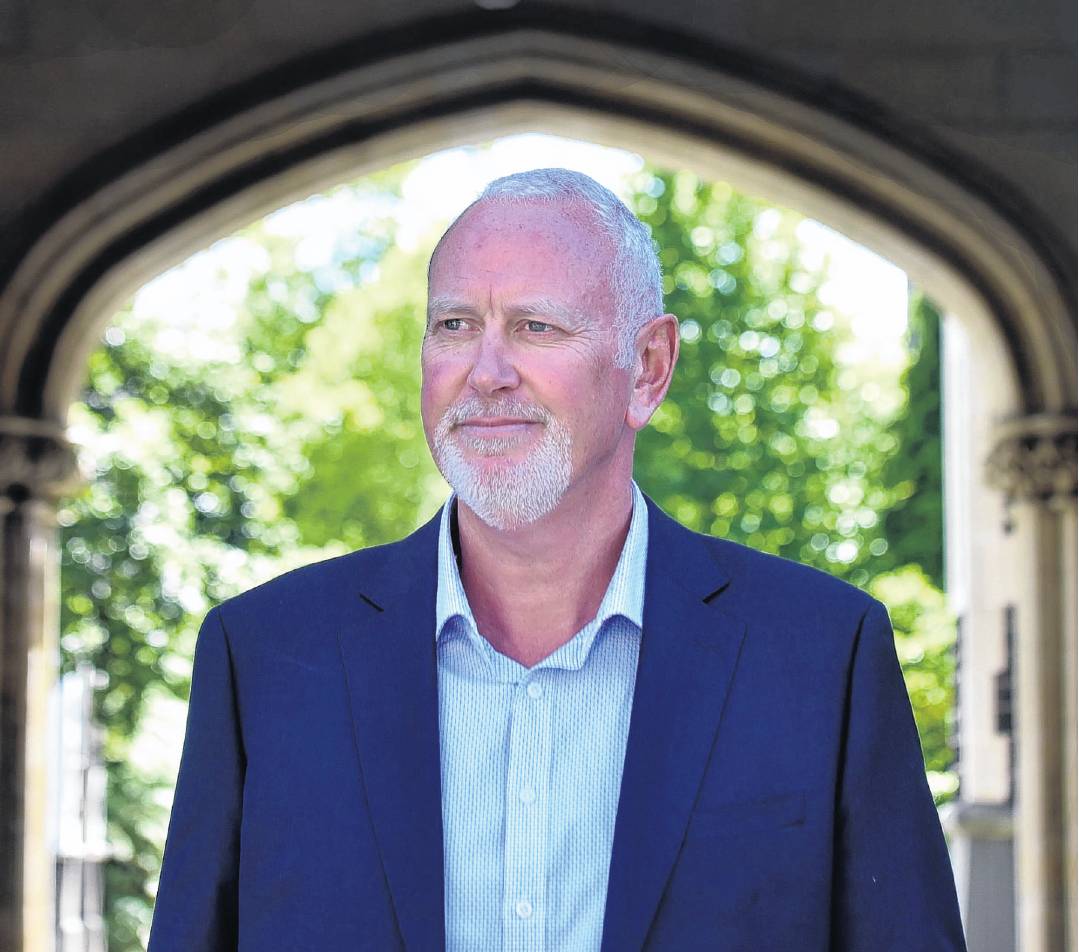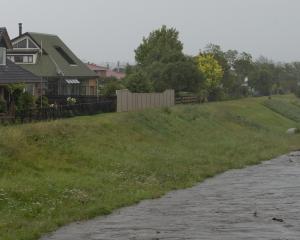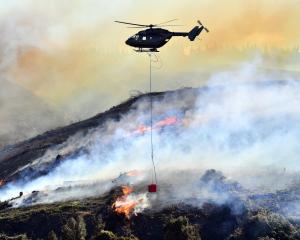
As Andrew Ferguson walked across the busy campus, surrounded by excited students and their families, he knew he was about to make a call that would completely upend their plans.
It was early December 2020, and the University of Otago emergency and business continuity co-ordinator had learned a shooting and explosives threat had been made against graduation ceremonies.
It would later emerge in court that the threat was of a "magnitude surpassing" the March 15, 2019, mosque massacres in Christchurch.

Police later charged a 22-year-old Auckland woman, who has interim name suppression. She appeared in court again on Friday, and was remanded without plea until April.
While it was the first time a graduation ceremony had been targeted, it was not the first time the University had been threatened.
Information released under the Official Information Act shows police recorded four security threats against the University of Otago in the past five years.
Two of those were in 2015, one in 2018, and one last year.
They were "generalised threats of violence" using firearms, references to shootings in other parts of the world, and bomb hoaxes.
Two of the threats resulted in prosecutions - last year’s graduation threat, and a 2018 case where a person was convicted for threatening behaviour and using a phone for fictitious purpose.
Threats are something the university unfortunately has to prepare for.
About 30 people are involved in its incident management team, from communications staff to property services.

Between Covid-19 and the graduation threat, he had a busy 2020.
The immediate response to a threat is dependent on its nature, but they all cause disruption to staff and students, he said.
The Dunedin campus is fairly sprawling, which also presents challenges when it comes to the need to evacuate or lock down an area.
"We’ve put a lot of thought and effort and money into improving what we’ve got on our campuses. "We’re an open university, so all our doors are open, people can wander through, but we’ve got systems in place so we can immediately lock down the campus and immediately start broadcasting messages."
The university has the ability to immediately contact staff and students through a variety of means.
That included its emergency broadcast system on campus, which will be tested again next week.
It is also rolling out desktop notifications on university computers.
Emergency training exercises take place every year, covering a range of scenarios from chemical events to active shootings
There are also tabletop exercises each year.
"We’re always looking at enhancing systems," he said. "You can’t rest on your laurels."
While threats to New Zealand universities were relatively rare, the same could unfortunately not be said for campuses in other countries.
Institutions like Virginia Tech, Santa Monica College, and the University of Texas have all been rocked by mass casualty shootings, and the list of attacks at tertiary campuses worldwide is depressingly long.
"We defer to the [United] States for a lot of the information; unfortunately, they’re the subject matter, they’re the experts on mass shootings, so we follow a lot of their processes and best practice," Mr Ferguson said.
Changing technology meant threats could be made from anywhere in the world. It also meant tracking down those who made threats was more difficult.
At least two of the threats to the university since 2015 originated overseas, but inquiries with overseas jurisdictions had not identified their exact origins.
"We have to react to any threat like it’s an imminent threat, until it’s proven otherwise," Mr Ferguson said.
"We have to act on our worst-case scenario so we’re not caught short."
Detective Inspector Shona Low, of Dunedin, said threats could be complex to work on.
They often called in the police high-tech crime group for online threats, and when threats came in from overseas, they contacted counterparts in the source country.
"In some cases it’s quite simple. You can locate who sent it from an IP address or email address or whatever," she said.
But as technology changed, it could be more challenging.
Emergency managers at universities in both New Zealand and Australia work closely together on sharing information and ideas, and Otago would be hosting the New Zealand managers in March, Mr Ferguson said.
"Hand on heart, I think we’re the industry leader in this area in New Zealand."












